Peanuts are one of the easiest things to grow in the garden. You can use peanuts in so many ways; steam them, roast them, sun dry them, or even cook delicious meals with them. You can even make your own peanut spreads if you want. Since peanuts have so many uses, many homeowners are fond of growing them in their own lawns.
If you are planning to grow peanuts as well, here are the things that you have to remember:
Get Your Peanuts
It is actually easy to grow peanuts because all it takes is a bag of fresh and raw peanuts that you can easily buy from the grocery store. If you are really that meticulous and you want to make sure that your peanuts were not treated with any kind of chemically formulated pesticides, you can always go to your trusted local farmer’s market.
Preparing The Soil
Make sure that your soil is made of sandy oil. It should also be well draining. You must have at least 7 inches of soil to make sure that your peanuts will have a lot of room under the ground to grow its roots. Plant the peanuts one by one, making sure that there is an ample space in between them, so they can grow freely.
You can also add mulch if you want. You can also mix your sandy oil soil with compost or manure in order to add nourishment to your peanut plant.
By the way, when planting peanuts, you have to plant whole kernels. If they split, they will not be able to grow and produce sprouts. Water your peanuts once. Wait for it until the first sprout shows on top of the soil. This should happen in just a week’s time.
Nurturing Your Peanuts
As a rule of thumb, always remove weeds from the ground. This is because you want to remove anything that can share the soil’s nutrition. Watering regularly is also needed, but make sure that you do not overdo it, otherwise, they will die. You should also make sure that your peanuts will have enough sunshine but not to the extent of letting them sit under the sun for too long, because overexposure under the sun can damage your peanut plants.
Harvesting Peanuts
Harvesting peanuts can happen after 130 days. After 130 days, you can already expect peanuts to be fully matured. You can slowly pull them off the ground, and let them dry. Make sure that you store your peanuts in a clean and dry place to preserve its freshness. If you are worried about their shelf life, you can always roast them and store them in an air tight container that can be perfect for weeks of healthy snacks, or you can also turn them into peanut spreads that is perfect for gift giving this coming holidays.
These are the different steps that you have to do, if you want to grow healthy and bountiful peanuts that will give you a bountiful harvest.
image courtesy of tamburix
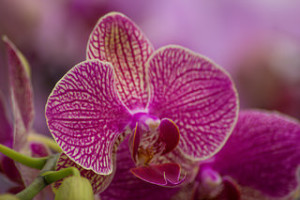 can help us achieve the results that we want to achieve.
can help us achieve the results that we want to achieve.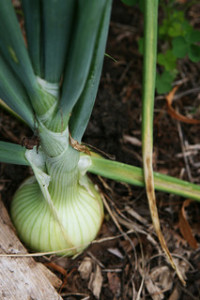 batch during the spring time when onions are best planted, and store them up to make a delicious onion soup that is perfect during the winter.
batch during the spring time when onions are best planted, and store them up to make a delicious onion soup that is perfect during the winter.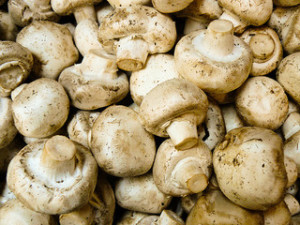 aside from its health benefits, mushrooms are also great for people who want to lose weight, since mushrooms are very low in fat and calories.
aside from its health benefits, mushrooms are also great for people who want to lose weight, since mushrooms are very low in fat and calories.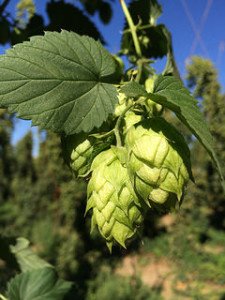 the steps we have below, so you can prepare your hops next spring.
the steps we have below, so you can prepare your hops next spring.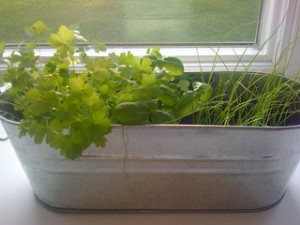 maintenance. They just need a good well draining soil to grow on, and water to keep their roots nourished. They can also grow in containers that you can place indoors, so you do not have to worry about planting them outside, or on land.
maintenance. They just need a good well draining soil to grow on, and water to keep their roots nourished. They can also grow in containers that you can place indoors, so you do not have to worry about planting them outside, or on land. ways on how to plant lettuce at home. Believe me; planting and growing lettuce is not as hard as you think!
ways on how to plant lettuce at home. Believe me; planting and growing lettuce is not as hard as you think! together in one pot bed, making it very easy for you to plant them and reach for them.
together in one pot bed, making it very easy for you to plant them and reach for them.